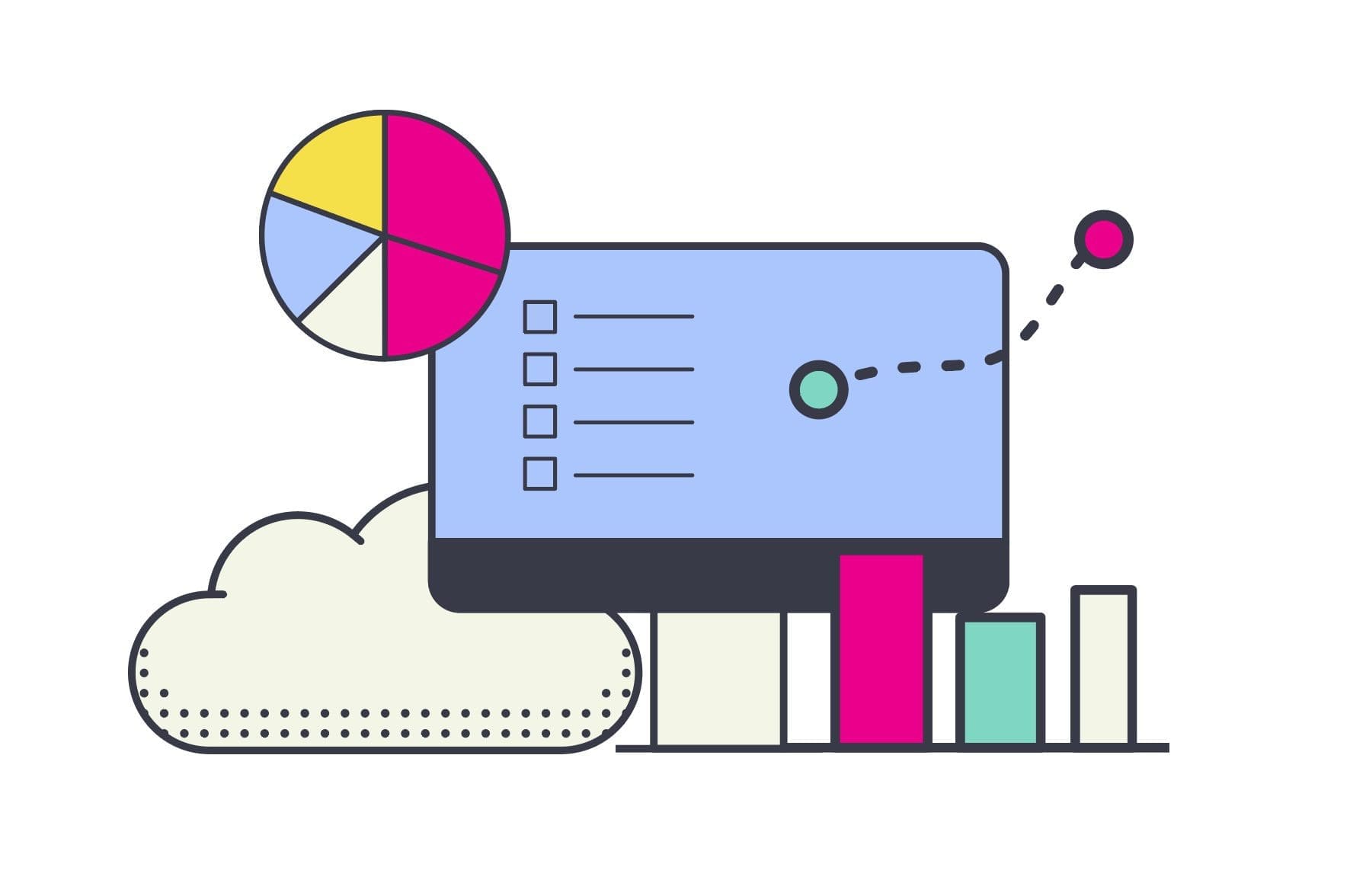Website design plays a crucial role in the success of any online business. A well-designed website not only attracts visitors, but it also encourages them to take action, whether it be making a purchase, filling out a form, or signing up for a newsletter. In this article, we’ll explore how you can use website design to boost conversion rates and turn your website into a conversion-generating machine.
First, let’s define what we mean by “conversion rate.” A conversion rate is the percentage of website visitors who take a desired action. For example, if 100 people visit your website and 10 of them make a purchase, your conversion rate is 10%.
Now, let’s dive into the key factors that contribute to a high conversion rate and how you can use website design to improve each one.
- Clarity and simplicity
When it comes to website design, less is often more. Cluttered or confusing websites can be overwhelming for visitors, leading them to leave without taking any action. On the other hand, clean and simple designs allow visitors to easily navigate your website and find what they’re looking for.
To improve clarity and simplicity on your website, consider the following:
- Use clear, concise headings and subheadings to organize content
- Use bullet points to break up long blocks of text
- Use high-quality images and graphics to illustrate your points
- Use white space effectively to separate different sections of the page
- Keep the navigation menu simple and easy to use
- Trustworthiness and credibility
Visitors are more likely to convert on a website they trust. To establish trust and credibility, you need to show that your business is reliable and that you’re an authority in your field.
To improve trustworthiness and credibility on your website, consider the following:
- Use a professional design and layout
- Include customer reviews and testimonials
- Display badges or seals from trusted organizations (e.g. BBB, SSL certificate)
- Include contact information, such as a phone number and email address
- Use clear and detailed privacy policies and terms of service
- Call to action (CTA)
A call to action (CTA) is a button or link that encourages visitors to take a specific action. It could be as simple as “Sign up now” or “Buy now.” CTAs should be prominent and easy to find on your website.
To improve your CTAs, consider the following:
- Use strong and actionable language (e.g. “Get started,” “Join now,” “Learn more”)
- Make the CTA button prominent and easy to see
- Use contrasting colors to make the CTA stand out
- Test different CTA placements to see which one performs best
- Landing page design
A landing page is a standalone web page, created specifically for the purpose of a marketing or advertising campaign. It’s where a visitor “lands” after clicking on a link in an email, social media post, or search engine result.
An effective landing page design can have a huge impact on your conversion rates. To design a successful landing page, consider the following:
- Keep the design simple and focused on the main goal of the page
- Use a clear and compelling headline to grab the visitor’s attention
- Use images and graphics to illustrate your points and break up the text
- Use white space effectively to separate different sections of the page
- Include social proof, such as customer reviews or testimonials
- Make the CTA prominent and easy to find
- Mobile-friendliness
With the increasing number of people accessing the internet from their smartphones, it’s crucial that your website is mobile-friendly. This means that your website should be easy to use and navigate on a small screen, without the need for excessive scrolling or zooming.
To ensure that your website is mobile-friendly, consider the following:
- Use responsive design, which automatically adjusts the layout of your website to fit the device it’s being viewed on
- Keep the navigation menu simple and easy to use on a small screen
- Use larger text and buttons to make them easy to tap on a mobile device
- Avoid using pop-ups or interstitials that may be difficult to close on a mobile device
- Loading speed
Nobody wants to wait around for a website to load, especially in the age of instant gratification. Slow loading times can lead to high bounce rates (when visitors leave your website after only viewing one page) and lower conversion rates.
To improve your website’s loading speed, consider the following:
- Use a reliable web hosting provider
- Optimize images by compressing them or using a tool like Cloudinary
- Minimize the use of large files or code libraries
- Enable browser caching, which allows the website to load faster for repeat visitors
- Use a content delivery network (CDN) to serve static assets (e.g. images, CSS files) from servers closer to the visitor’s location
- Accessibility
Making your website accessible means that it can be easily used by everyone, regardless of their ability or disability. This includes people with visual impairments, mobility issues, or cognitive disabilities.
To make your website more accessible, consider the following:
- Use alt text to describe images for users who are using screen readers
- Use headings and subheadings to structure the content and make it easier to scan
- Use clear and concise language, avoiding jargon or technical terms
- Use contrasting colours to make text and buttons easier to read
- Use larger text and buttons to make them easy to tap on a mobile device
- Persuasive design
Persuasive design is the use of psychology and design principles to influence the behaviour of website visitors. It’s about understanding what motivates people to take action and using that knowledge to guide them towards your desired outcome.
To use a persuasive design on your website, consider the following:
- Use social proof, such as customer reviews or testimonials, to show that others have had a positive experience with your business
- Use scarcity, such as limited-time offers or limited availability, to create a sense of urgency
- Use authority, such as logos or badges from trusted organizations, to build credibility and trust
- Use emotion, such as evocative images or storytelling, to connect with visitors on a deeper level
- A/B testing
A/B testing, also known as split testing, is the process of comparing two versions of a webpage to see which one performs better. It allows you to make informed decisions about what works and what doesn’t on your website, based on real data.
To conduct A/B testing on your website, consider the following:
- Use a tool like Google Optimize or Optimizely to create and manage your A/B tests
- Choose one element to test at a time, such as the CTA button or the headline
- Use a large enough sample size to get statistically significant results
- Analyze the data and implement the changes that resulted in the highest conversion rate
- Personalizsation
Personalisation is the process of tailoring the content and experience of your website to the individual visitor. It can be as simple as using the visitor’s name in the greeting or as complex as showing different content based on their location or browsing history.
Personalisation can be a powerful tool for boosting conversion rates, as it helps to create a more relevant and engaging experience for the visitor.
To use personalisation on your website, consider the following:
- Use tools like cookies or server-side tracking to collect data on visitor behaviour
- Use this data to show personalized recommendations or content
- Use personalization in email marketing campaigns to send targeted messages to specific segments of your audience
- Test different levels of personalization to see which ones perform best
In conclusion, website design plays a crucial role in conversion rates. By focusing on clarity and simplicity, trustworthiness and credibility, effective CTAs, landing page design, mobile-friendliness, loading speed, accessibility, persuasive design, A/B testing, and personalisation, you can significantly improve the performance of your website and turn it into a conversion-generating machine.


